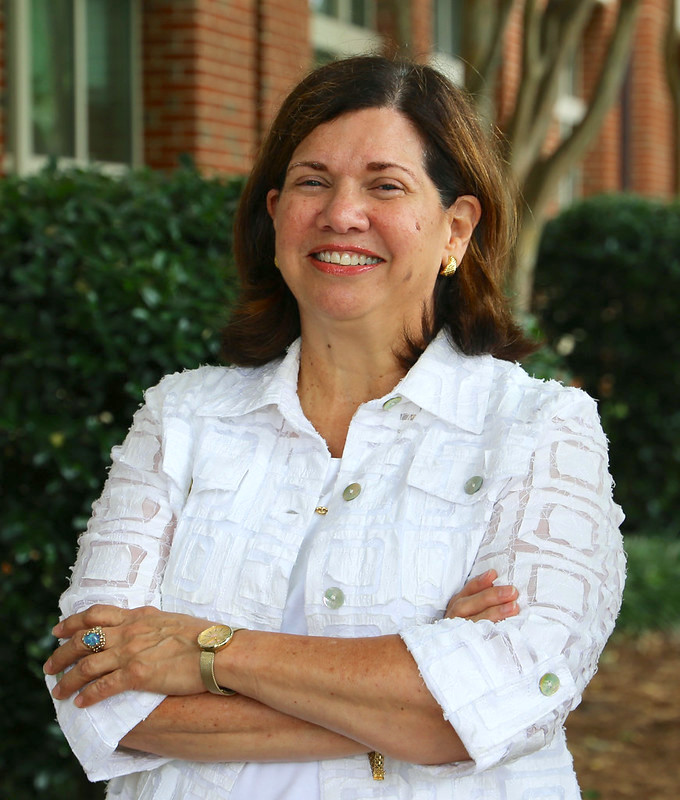This week, when undergraduate students began the first wave of registering for Spring 2022 classes, they registered in ConnectCarolina in a completely different way. In fact, this new way of registering marks the first major redesign of undergraduate registration since ConnectCarolina went live a decade ago.
For this project, ITS collaborated with other campus stakeholders to improve the registration experience for undergraduate students at Carolina.

The Office of the University Registrar and Operational Excellence kicked off the effort in October 2019. They put it on hold when the pandemic hit, and then picked it back up again in summer 2021. ITS groups Enterprise Applications, Database Administration, PeopleSoft Administration and Change Management participated in this major overhaul.
Total redesign
“The last 10 years we’ve made tweaks, but this was a complete step back and redesign,” said Maribel Carrion, Executive Director of Student Administration Applications within ITS Enterprise Applications. She oversees the portfolio of applications that support the student administration side of ConnectCarolina.
The changes to the process will give each undergraduate student better access to the courses he or she needs to graduate on time. The new model increases transparency and addresses the concern of students who felt they lacked a level playing field when registering for their first-choice classes. One of the biggest questions students asked was “Why did I get the time slot I got?”
Primary changes
The three key changes are:
- Registration appointments are now assigned using students’ earned credit hours as well as their terms in residence. Previously, the date a student had for registration was based on their terms in residence only, while the actual time on their assigned day was randomly assigned.
- Registration appointments are scheduled every three hours from 7 a.m. to 4 p.m. Once an appointment time starts, it is open for only those students with that time slot. Students are then able to register at any time during those three hours with no new additional students getting access until the next time slot opens.
- Students will register in two waves so that all students have better access to the classes they need to graduate. During the first wave, undergraduates can register for up to 12 credit hours. During the second wave, they can register for up to 17 credit hours, including up to four waitlisted credit hours. After the second wave ends, students can register for up to 18 credit hours during the open enrollment period.
“We went from having 250 students in the old system registering every 15 minutes to now up to 800 in one three-hour time slot,” said Candy Davies, Manager of the CS Operations Team in ITS Enterprise Applications. “Previously, we would have up to 3,000 students registering in a three-hour period. That’s a huge difference.”
Registering for classes for the next term is one of the three most important times that students are in ConnectCarolina. The other two times are when they check their grades at the end of the term and when they get their schedule at the beginning of every semester.
‘Complicated and complex’
Revising the undergraduate registration system within ConnectCarolina was more complicated and complex than Carrion anticipated. The project significantly changes how students register, and those changes impact many groups across campus.
When they initiated the project, the Office of the University Registrar and Operational Excellence knew they wanted to address the challenges that undergraduates faced when registering for classes.
Students consistently said the way registration appointments were assigned was confusing and frustrating. The criteria used to assign registration appointments were vague and adversely impacted certain populations of students, notably transfer and dual enrollment students. Also, because of the speed at which registration appointments occurred, students felt an overwhelming sense of urgency to register as soon as possible before the next appointment began. To the consternation of faculty, students would register during class or ask to be excused so they could register at the start of their registration appointment.
Alleviates some rush
Sure, even with this model, most students will still be eager to register that first minute their window opens, even if they’re in class. The idea of the three hours, though, is they know that they have time, that they can wait to the end of their class to register, Carrion said. “We’ll see how it impacts behavior.”
The changes will alleviate some of that rush students feel. One of the underlying challenges for students getting the classes they want, however, will not be addressed through registration because it’s a matter of capacity. Until there are enough seats for the high-demand classes, some frustration will continue. But that’s a whole different issue that will be addressed separately.
“We hope this will create some improvement for their registration experience,” Carrion said. “This is the heart of what we do to support the students.”
From ITS Enterprise Applications, Gina Fogelsonger, IT Project Analyst/Manager, was project manager, Kim Jackson, Customer Support Lead Applications Developer, served as technical lead, and the business analysts were Jenny Jacobsen, Registrar Functional Analyst, and David Pass, Customer Support Senior PeopleSoft Analyst. Key support was provided by John McGarrigle and his team in the ITS Data & Reporting Environments and Application Middleware division.
